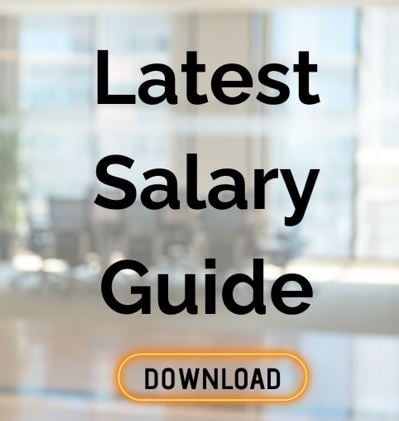Job specs....the start of any recruitment search. The importance in knowing what you need doing and the skills required to do it, is often undervalued and underused. Without establishing this, how will you know if the candidates are potentially right for you?
Even though many candidates are now open to job moves, as their employer of choice, you still need to attract them to your organisation and the role in question. Don't forget, its competitive out there.
This is where your recruiting challenge can start with the simplest of documents; the humble job spec.
A couple of weeks ago, a good friend of mine was visiting Leeds from London. She is a sales manager currently living on the M4 corridor, and a great hire for any organisation. She was showing me a couple of job specifications that were really, really poor. Therefore, unfortunately, they went in the bin and her search was continued. The role could have been perfect for her, but the company didn't spend the time or effort on the job spec to bring it to life.
A Practical Recruitment Gem
As a large recruitment organisation, we deal with clients and candidates every day.
With our large database of candidates, we highlight the importance of a good CV (you can read our article here).
With our clients, we talk about the power of a job specification that communicates, specifically what the role entails and creates buzz and excitement as to what it would be like working both in that role and organisation.
With over 27 years in recruitment and thousands of candidates placed in both temporary and permanent roles, we know what makes a compelling job specification and what doesn’t. That is why I decided to share some vital top tips.
1. Bring the Job Spec to Life!
Most of us in an organisation have a day job to ‘do’ ourselves, however, searching online for a generic job specification which someone else has used is a slippery slope to a very ‘vanilla’ attempt.
The truth is, you don’t know the results that the template you found achieved, therefore why use it?
Bringing the right employee into your organisation is vital, and in today’s internet savvy world where millennials make up most of the workforce, the demands are very different. They are skimming online specifications, waiting for something that stands out to them, and a simple template won’t communicate; 'Wow! this is a stand out company I want to work with.'
2. Know your Candidate and Who You Want.
I mentioned the growing millennial candidate market, and with this it is vital to understand what might be important about your role for them, versus a 50-something year old who loves to go to the football and babysit their grandchildren.
You must factor this into how you craft job specifications for roles in your organisation.
Have a look here for some infographics that give some great pointers on how to connect with the different types of employees on the market, from millennials, to baby boomers, to Gen X and Z.
3. ‘Must have’ Skills, Qualifications and Responsibilities.
Though I have talked about appealing to the candidates you want to attract into your organisation, remember to be clear about the skills and qualifications that are genuine 'must haves' for the role in question.
Let’s say you are recruiting for a HR vacancy, you might have a minimum qualification, for example a CIPD level 3 certificate in HR practice. If that is the case, it needs to appear.
The minimum requirements of the role should be clearly stated without any exaggeration. A conversation with all those involved and your friendly recruiter will ensure nothing gets missed.

You may want to attract superior candidates by including a set of preferred qualifications and skills. That is fine, however make sure that these clearly stand out as preferred. It’s never good for your company brand to come across as misleading.
But remember that all candidates will have development areas. In over 30 years of recruiting, I have seen some amazing careers flourish, even though initially the candidate didn’t tick everything on the client’s original job description.
4. Hang fire on the jargon.
I know we live in a world of emoticons and words that rarely make sense; I live with three teenagers... tell me about it!
However, don’t get into jargon, whether that be common slang or your own sector specific anacronyms. Clear communication works best and here at LWR we track the job specifications that deliver and they are always concise, yet inspirational.
Ready to act?
At Lucy Walker Recruitment, we have written literally thousands of job specifications with our clients. That means we can help you. Why not call us on 0113 367 2880 to have a conversation with one of our team. Alternatively drop us an email here or check out our Testimonials and Case Studies.



.jpg)














.png)






